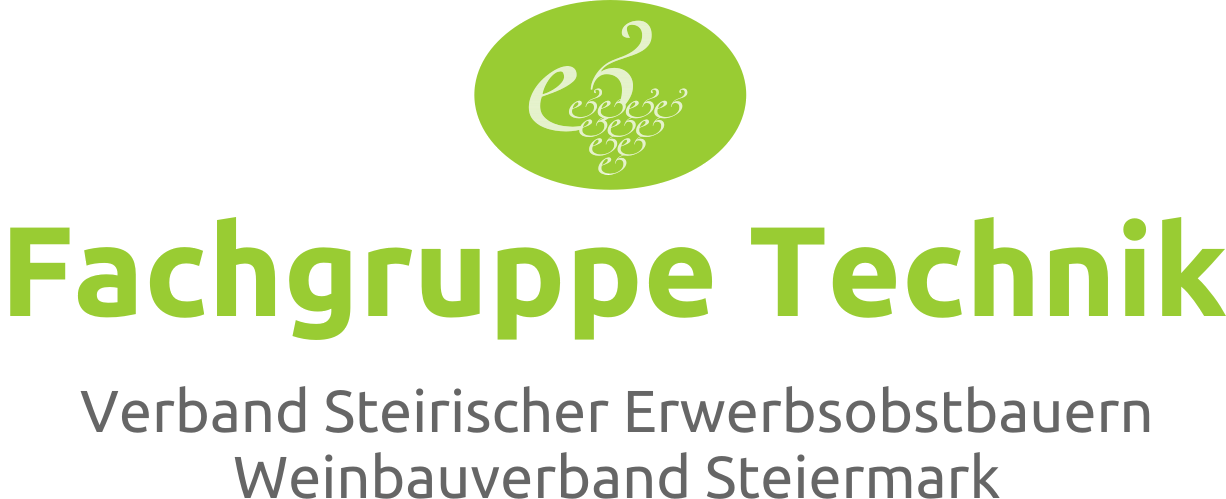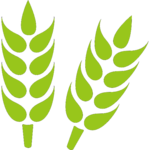Our objectives
The Austrian Association for Integrated Crop Protection is an association under public law and is subject to the applicable statutory regulations. Membership is voluntary. The working group was founded on 17 February 1959 and represents an association of those interested in sustainable crop protection.
The "Austrian Association for Integrated Pest Management" (IPM) has its primary commitment in scientific research and in education of IPM (integrated pest management). Furthermore, all activities of the association should serve the dissemination of the idea of IPM as well as to implement already well defined measures or research results in this field. Agriculture and forestry as well as horticultural production will be supported in all corresponding efforts to protect the crops from harmful organisms in Austria.
The association is a non profit organisation.
General principles of integrated pest management:
Integrated pest management, in accordance with Directive 2009/128 / EC, requires careful consideration of all available plant protection methods and subsequent inclusion of appropriate measures to counteract the emergence of pest populations and to keep the use of pesticides and other defense and control methods at a level that is economically viable and is ecologically sustainable and reduces or minimizes risks to human health and the environment. Integrated pest management focuses on the growth of healthy crops with the least possible disruption of agricultural ecosystems and stimulate natural pest control mechanisms.
Good crop protection practice requires that the principles of integrated pest management will be taken into account.
The possibilities for implementing integrated pest management measures vary depending on the crop stage of process development in individual crops.
General principles of integrated pest management according to Directive 2009/128 / EC are:
- Prevention and / or control of harmful organisms shall be achieved or supported, among other options, in particular as follows:
a) crop rotation
b) Use of suitable cultivation methods (eg weed control in settled seedbed prior to sowing / planting, sowing dates and density, undersowing, conservation tillage, cut and direct sowing)
c) where appropriate, use of resistant / tolerant varieties and of standard seed and planting material / certified seed and seedlings
d) Use of balanced fertilizer, lime and irrigation / drainage methods
e) prevention of the spread of harmful organisms by hygiene measures (eg by regular cleaning of machines and equipment)
f) Protection and promotion of important beneficial organisms, eg through suitable plant protection measures or the use of ecological infrastructures inside and outside cultivation or production areas
2. Harmful organisms shall be monitored by appropriate methods and instruments, where available.
3. Such appropriate tools shall include for instance on-the-spot observations and systems for scientifically-based warnings, predictions and early diagnosis where possible, as well as obtaining advice from professionally qualified consultants.
4. Based on the results of the surveillance, the professional user has to decide if and when he applies phytosanitary measures. Sound and scientifically based thresholds are essential components for decision making. When a treatment against harmful organisms will be considered, it should be adopted to the thresholds established for the region concerned, the specific areas, the crops and the particular climatic conditions.
5. Any sustainable biological, physical and other non-chemical method has to be prefered to chemical methods provided a satisfactory result in pest control will be achieved .
6. The pesticides used must be completely directed on the target pest and have the least possible side effects on human health, non-target organisms and the environment.
7. The professional user should limit the use of pesticides and other control methods to the extent necessary (eg by reducing the application rate, limited frequency of sprays or partial area application), taking into account that the level of risk for the vegetation must be acceptable and the risk to develop resistance in the pest populations should not be increased.
8. If a risk of resistance to a plant protection agent is known however the extent of the pest infestation requires repeated pesticide applications on the plants, available resistance strict avoidance strategies must be implemented to maintain the efficacy of the active ingredient of the plant protection agent/ pesticide. This may imply the use of pesticides with different modes of action.
9. The professional user shall verify the success of the applied plant protection measures on the basis of the records of his pesticide applications and the monitoring of harmful organisms.
10. The principles of integrated pest management must follow environmental, economic and social aspects in terms of sustainability.
Integrated Crop Protection, as a knowledge-based concept relies therefore on the use of new scientific knowledge and managable technological progress. It places high demands on the provision and implementation of site-specific information. These principles of integrated pest management form the frame for specific guidelines on implementing integrated pest management in best agricultural.practice.
The offers of expert advice and additional decision-making support such as warning services, should encourage farmers own observations. Continuous extension service must ensure that the phytosanitary measures implemented comply with the general state of art in sustainable crop production.
The association supports in particular the following activities:
- Cultivation and sowing of mostl resistant varieties in combination with a balanced crop rotation and soil care
- Definition of, risk management for diseases and pests
- Comply with the damage threshold principle when carrying out plant protection measures
- Using predictive models and warning services in pest control
- Carry out ongoing monitoring and observation of plant health aiming to dedect occurrence of diseases and pests right in time
- Development of cultivation and environment-compatible control strategies, compliing with environmental programs established by the state
- Pesticide use according to current legislation
- Promoting documentation and recording models which help to understand plant protection measures
- Broad-based high-quality expert advice on integrated crop protection
- Issue of quality certificates for plant protection equipment
- Conduct experiments to close gaps with non registered outlets and to apply for registration of them



